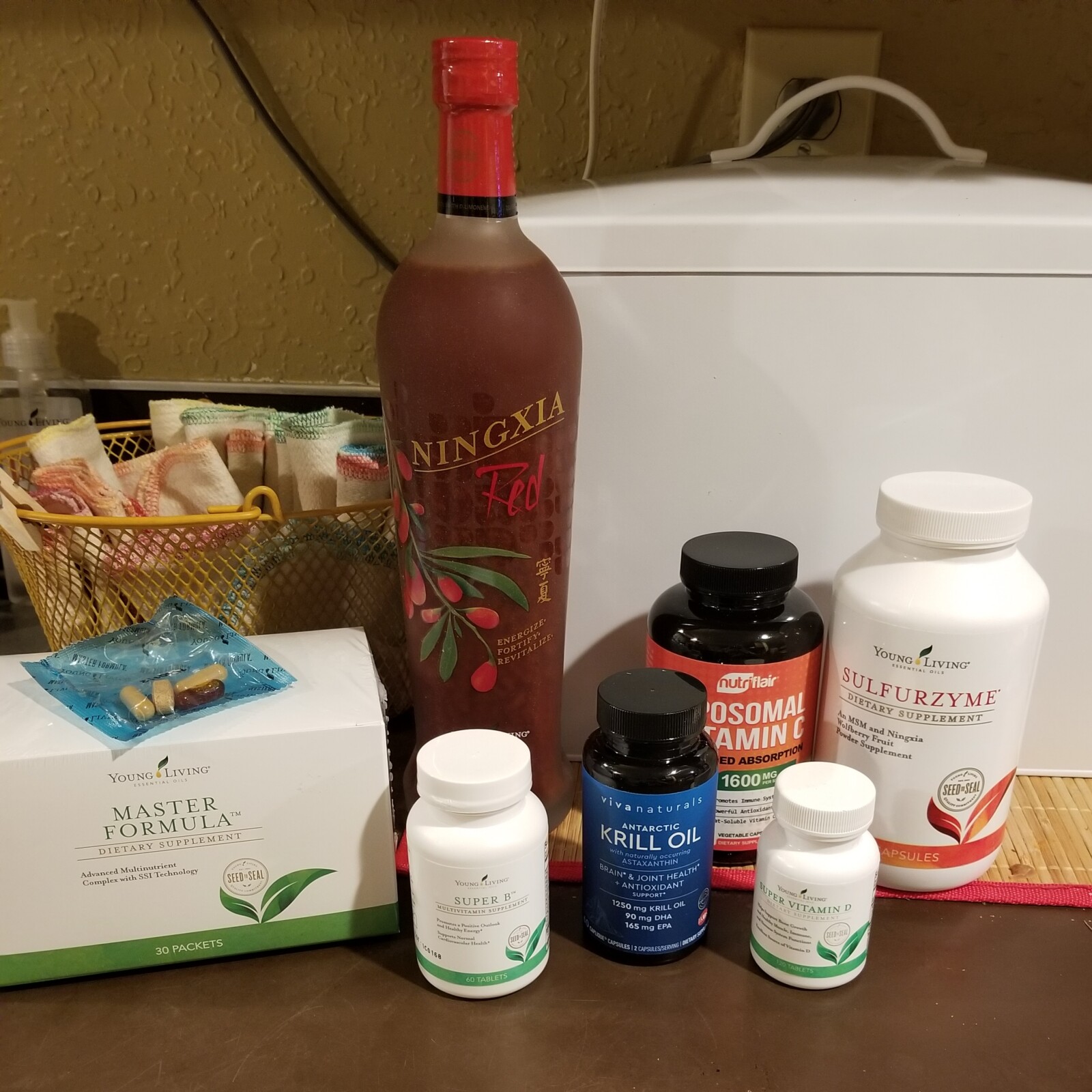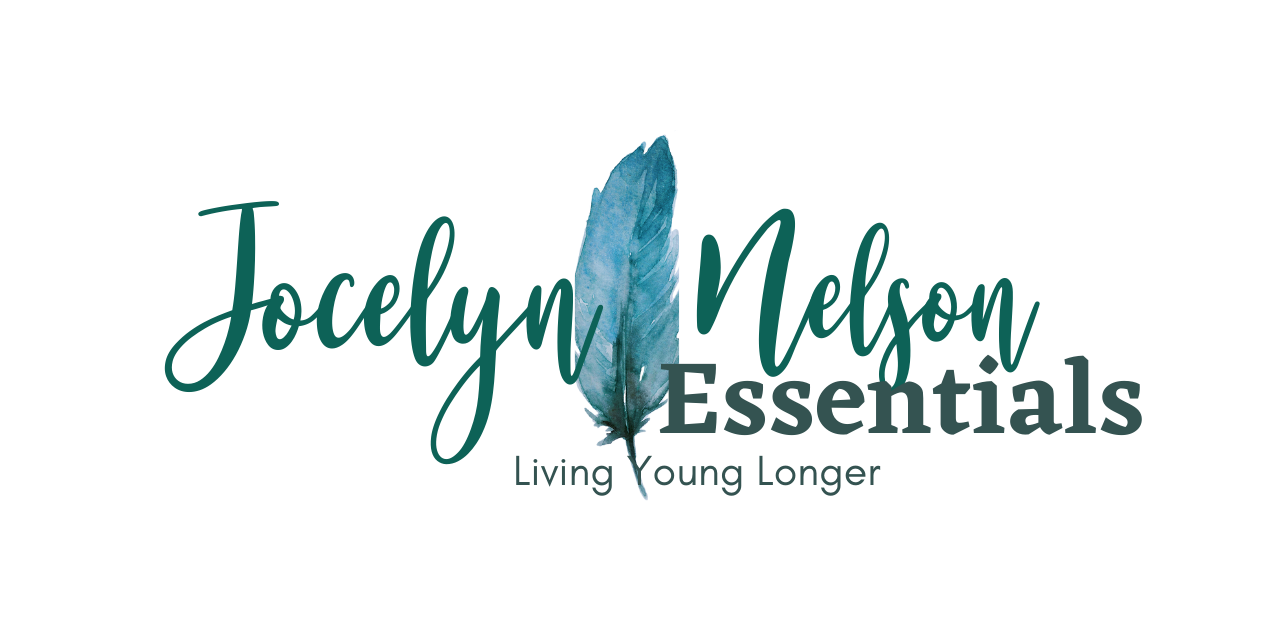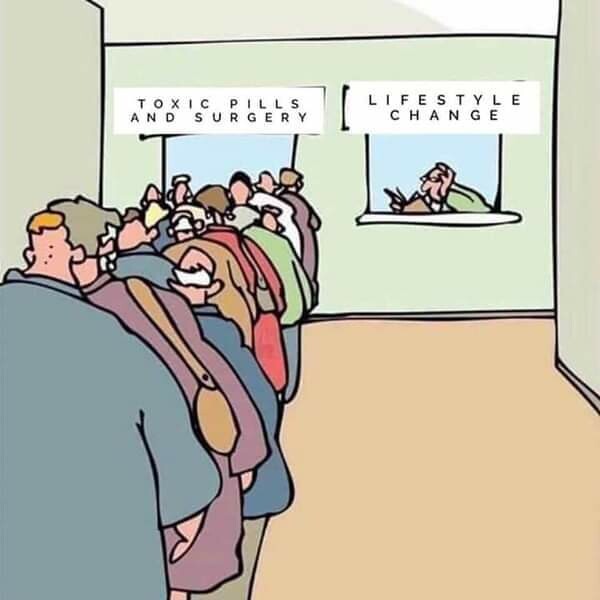
Do you take a daily multivitamin? Joe and I both take a group of vitamins; his are pre-packaged but there are certain ones that I like so I mix my own group. I also include a “super food” drink that is full of antioxidants.
So, do we really need a multivitamin if we are pretty healthy eaters? Food should really be the best way to get nutrients but, unfortunately, today’s food only has a fraction of the nutrients that would have been in our food generations ago. Why is that? Part of the reason is due to soil depletion and part is due to the additives in much of our food that impedes our ability to fully utilize the nutrients. The USDA reported that an average apple has 48% less calcium, 82% less magnesium, and 96% less iron than it did 80 years ago. Yes, you read that right!!
Research shows that multivitamins can help offset the nutrient deficiencies but they are not meant to replace a healthy, well-balanced diet. The main purpose of a multivitamin is to fill in nutritional gaps.
But, like everything, all multivitamins are not created equal. Here’s some things to consider:
- Look for a multivitamin that contains the Recommended Daily Allowance (RDA) amounts and that bears the United States Pharmacopeia (USP) seal of approval on the label. This seal ensures that the ingredients and amounts of that ingredient listed on the label are contained in the pill. The USP also runs several tests that confirm the pill to be free of contaminants like heavy metals and pesticides and has been manufactured under sanitary and regulated conditions.
- Choose a multivitamin that has 100% of the daily value. However, some nutrients like calcium, potassium, or magnesium are meant to be kept low so you will need to get the remainder recommended through your diet.
- Age and gender also maters. For example, older adults may need more calcium, vitamin D and B6. There are also different needs for premenopausal or pregnant women.
- Your body also needs micronutrients such as Vitamin C, calcium, and iron. Make sure your multivitamin has the following:
- Thiamin, riboflavin, and niacin
- B6, B12, and folate
- Calcium, magnesium, selenium, and zinc
- Vitamins A, E, and K
- Vitamin D2 or D3
- According to the Dietary Guidelines for Americans 2020 – 2025, our diets often lack calcium, Vitamin D, potassium, and fiber. Most multivitamins include Vitamin D but do not have enough of the others. Therefore, you need to get these nutrients through your diet.
- Calcium: Low-fat milk, cheese, and yogurt; calcium-fortified, plant-based milks; orange juice; cereals; tofu (prepared with calcium citrate); and almonds
- Vitamin D: salmon, enriched milk (cow or plant based), fortified orange juice, or cereals and yogurt
- Potassium: Beans and legumes; potatoes; low-fat milk and yogurt; lower-sodium canned tomato products; fruits; and lamb, pork, and fish
- Fiber: Beans and legumes; nuts and seeds; oats and whole grains; and fruits and vegetables
- Magnesium: Nuts and seeds, avocado, spinach, dry beans, whole grains and oats.

















0 Comments